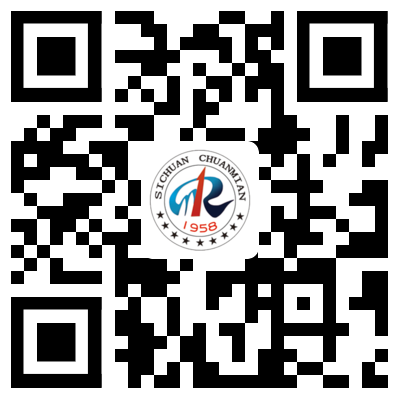
News Information
What are the contents of textile testing?
- Categories:Industry Information
- Author:
- Origin:
- Time of issue:2020-11-03
- Views:0
(Summary description)Everyone will be tested after purchasing textiles? The quality of textiles and hygiene issues are all we need to pay attention to, so we must pay attention to the textiles we buy back, so today I will tell you a few contents of textile testing.
What are the contents of textile testing?
(Summary description)Everyone will be tested after purchasing textiles? The quality of textiles and hygiene issues are all we need to pay attention to, so we must pay attention to the textiles we buy back, so today I will tell you a few contents of textile testing.
- Categories:Industry Information
- Author:
- Origin:
- Time of issue:2020-11-03
- Views:0
Everyone will be tested after purchasing textiles? The quality of textiles and hygiene issues are all we need to pay attention to, so we must pay attention to the textiles we buy back, so today I will tell you a few contents of textile testing.
One, shrink test
Since we often use washing machines to wash textiles at home, it is important to determine the stability of textiles.
Method: Before washing, measure the length of the article, and determine the size change of the sample by measuring the change of the mark after washing. We choose washing and drying methods according to the types and requirements of the items, adding standard detergent and appropriate water level to start washing and drying, and finally get the test results.
2. Performance test
Tensile strength: The force used when a certain size of fabric is stretched by a stretching machine at a constant rate to break is the measured tensile strength. Tensile strength testing includes grab sample method and peel sample method. Specific test methods can be selected according to different test standards and requirements.
Anti-pilling performance: Roll the fabric under specific conditions and rub it for a certain period of time, and then observe the phenomenon of fluffing and pilling on the surface. Pilling refers to the accumulation of pompoms formed by entangled fibers on the surface of the fabric, and pilling refers to the fiber roughness and/or fiber fluffing on the surface of the fabric, resulting in changes in the appearance of the fabric. Fluff and pilling are evaluated by rated samples or original comparisons.
Three, color fastness test
Washing color fastness: The sample is sewn together with the standard lining fabric, washed and dried, and bleached and cleaned at the appropriate temperature and alkalinity, so that the test results can be obtained in a short time. The friction cleaning in this process is achieved by rolling and impacting with a smaller bath ratio and an appropriate number of stainless steel balls. Finally, use a special gray card to classify the standard lining fabrics and samples to obtain color fastness and obtain test results. Different test methods have different temperature, alkalinity, bleaching and friction conditions, and sample size. Specific methods should be selected according to test standards and customer requirements. Generally, the colors with poor color fastness to washing are turquoise blue, bright blue, scarlet, navy blue, etc.
Color fastness to perspiration: the sample and the standard lining fabric are stitched together, treated in sweat, clamped on the sweat fastness tester, placed in a constant temperature oven, and then the lining fabric of the sample is dried separately, and finally with a special The gray card classifies lining fabrics and samples to obtain color fastness and obtain test results. Different test methods have different sweat ratios, different sample sizes, and different test temperatures and times.
Four, chemical performance test
formaldehyde test: extract a certain amount of free formaldehyde or released formaldehyde in a certain amount of fabric through a certain method, and then conduct a colorimetric test to calculate the formaldehyde content.
PH test: Use a pH meter to accurately measure the pH value of the fabric solution. The value read on the pH meter is the measured pH value.
Scan the QR code to read on your phone
Contact: Manager Zhang
ADD:No. 163, Jinhua Road, Jinjiang District, Chengdu City, Sichuan Province
Contact:139-9014-8892 (Manager Li)
E-mail:zhanghua@sccmyr.com

Mobile

Copyright © 2020 Sichuan Chuanmian Textile Co., Ltd. Powered by www.300.cn 京ICP證000000号
Copyright © 2020 Sichuan Chuanmian Textile Co., Ltd.
